Upper Eyelid Blepharoplasty
An upper eyelid blepharoplasty opens your eyes by removing excess skin, fat and may lift the lateral brow leaving your eyelid region more open.
Model featured in photography
Technique
An incision is placed in the eyelid crease which varies between 8-10 mm above the lash line, based on your unique anatomy
The amount of skin that can be safely removed without opening your eye is then pinched and marked for removal. Once skin is removed, the muscle is entered and the septum opened. This allows access to the nasal and middle fat pockets, where excess fat is removed or re-distributed.
Any lateral prolapse of the lacrimal gland can be addressed at the same time.
Brow Pexy
The lateral brow fat compartment can be lifted during a blepharoplasty. The orbicularis muscle is sutured against the periosteum of the orbital roof which suspends the brow fat up higher to open the lateral eye.
Tarsal fixation
When performing open upper eyelid surgery a tarsal fixation is often performed to ensure an adhesion (scar) forms at the new crease. This occurs by a suture from the tarsus to the muscle. The end goal is to create an upper eyelid crease that is not too high or too low but aesthetically anatomical for your eyelid.
Ptosis
Ptosis is present when the upper eyelid touches the superior border of the pupil (black circle). This restricts vision and adds to the appearance of the eye. There are many causes of ptosis with the most common being attenuation of the levator muscle and aponeurosis. This muscle is responsible for opening the upper eye.
Ptosis repair involves shortening the muscle or reattaching the elevator or resecting the Muller’s muscle depending on the cause. This can be done at the same time as an upper eyelid blepharoplasty.
Patient shown is representative only and does not guarantee your result.
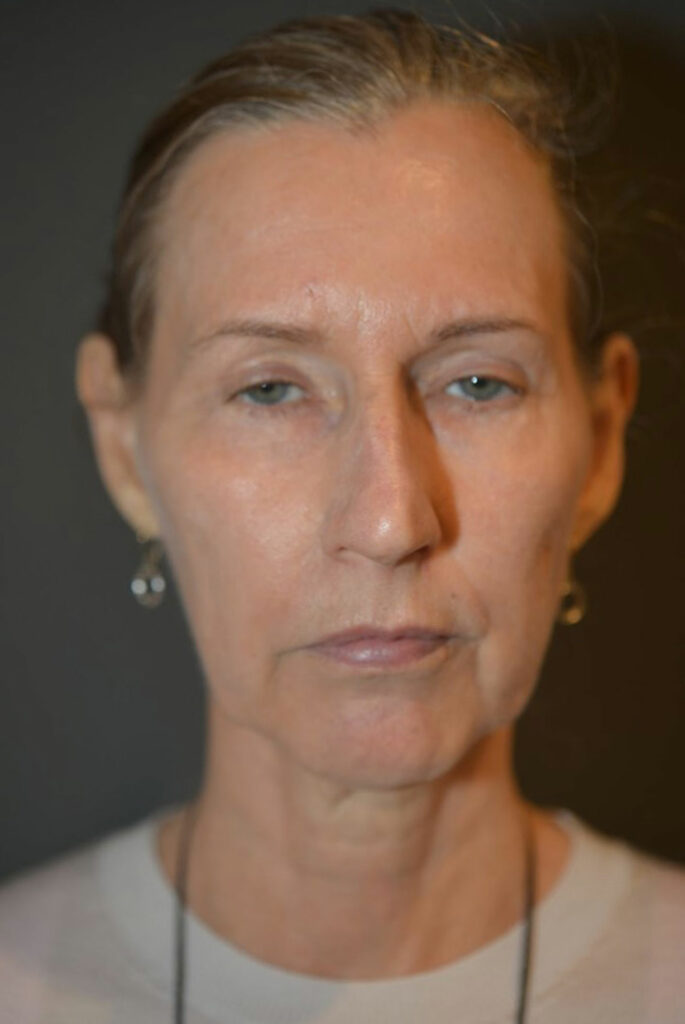
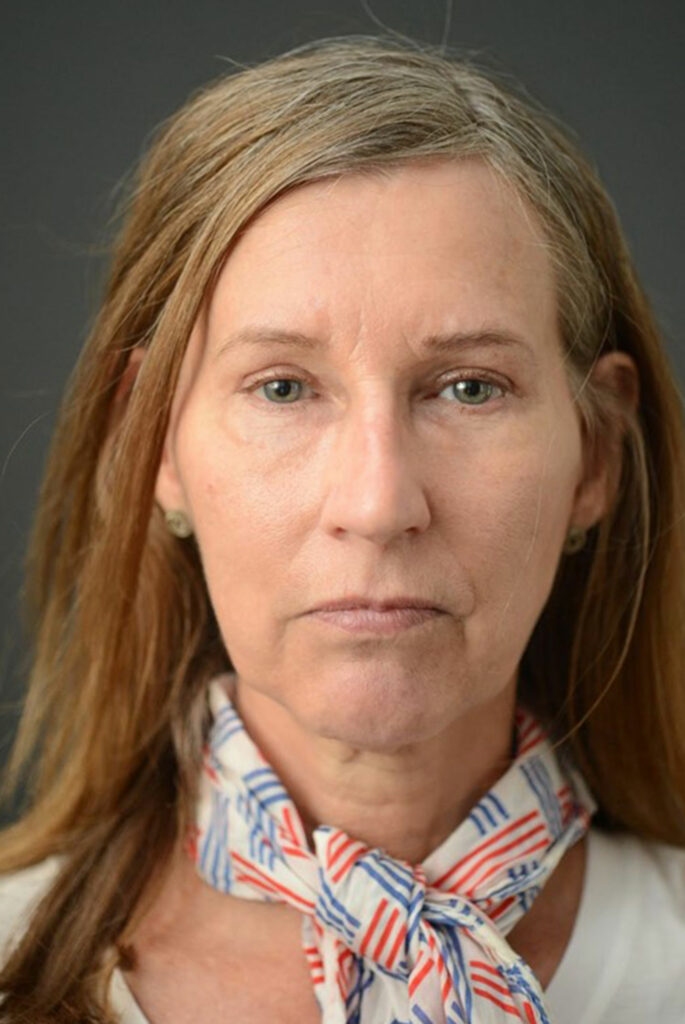
Asian Double Eyelid Surgery
Asian eyelids differ in that the skin is thicker and often contains more fat. This in combination with the shape of the orbit results in eyelids that have almost no eyelid crease show and minimal opening.
Double eyelid surgery or Asian eyelid surgery involves the creation of an eyelid crease. This crease is lower than in Caucasian patients and can be done by two main methods, incisional and non incisional Asian eyelid surgery.
Incisional
This involves an incision in the eyelid to create an adhesion and eyelid crease. The technique is similar to a Caucasian upper eyelid procedure whereby the incision is placed at the desired location of the eyelid crease. Tarsal fixation and a controlled cicatrix (scars) are made to create a skin eyelid crease or fold.
This approach also allows removal of skin and excess fat to open the eye up. The adhesion or crease is created with sutures that extend from the tarsus to the orbicularis muscle and skin.
This procedure is appropriate for all age groups.
Non Incisional
Is a no scar Asian upper eyelid technique for the younger patient where excess skin is not an issue. This involves the placement of tarsal sutures without an open incision. Small incisions are only made for the placement of sutures.
Adult Content: The following patients have given consent and are representative only. Results do not guarantee that you will have the same result.
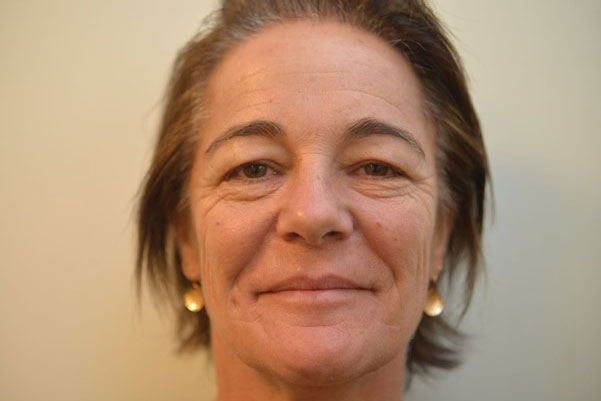
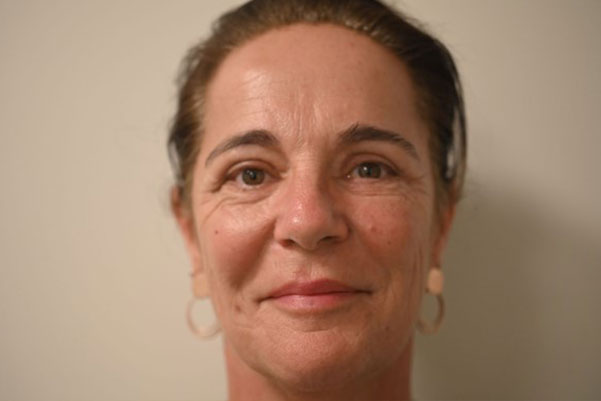
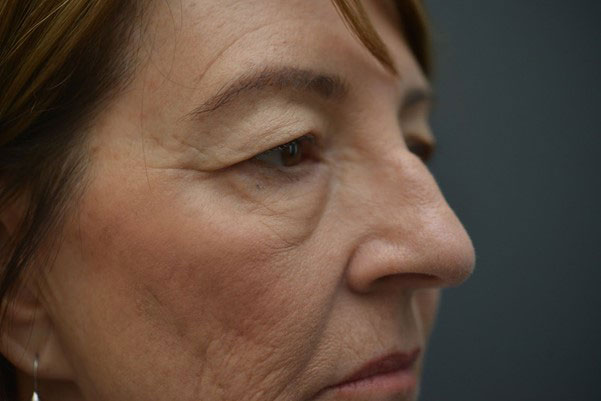
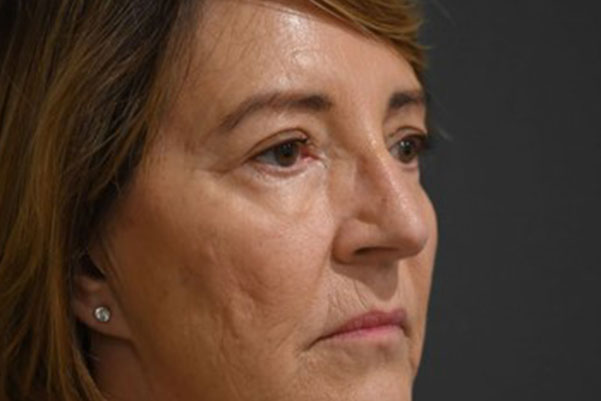
PROCEdURE SNAPSHOT
1 hr procedure
day surgery
2 weeks unsociable
Qualified facelift plastic surgeon:
- World-trained Dr Jack Zoumaras
- Qualified Anaesthetist, Accredited hospital
Results: Address excess skin/rhytids, eye shadows and fat ptosis/bags
Investment in yourself
Blepharoplasty has risks that include bleeding, asymmetry, lower eyelid malpostion and more
You will feel:
Model featured in photography
FAQs
Cat eye surgery is possible and involves re-creating the corner of your eye through an advanced canthoplasty. This procedure needs a lot of consideration from both the Surgeon and patient because it will permanently change the shape of the eye and has risks.
The shape of your eyes will not change, unless requested. In the early recovery phase, the canthoplasty is used to support your eye in a higher position so may appear tighter and higher. This will settle after 6 weeks.
You may return to work after one week for an upper eyelid blepharoplasty or after 2 weeks for a lower eyelid blepharoplasty.
You can apply eye make up after 10 days, once we give you clearance.
It is expected to have bruising that can last up to 7 days for the upper eye and 14 days for the lower eye.
Yes to operate on the entire eyelid region an upper and lower eyelid blepharoplasty is done. You can even combine it with a Facelift and Necklift and Brow surgery.
A canthoplasty is part of a blepharoplasty whereby the lateral ligament that supports the eyelids shape is tightened or changed. All patients undergoing a blepharoplasty have a canthoplasty. The blepharoplasty involves removal of rhtyids/wrinkles and addition and removal of fat.
A Lower eyelid blepharoplasty removes rhtyids and wrinkles to smooth the eyelid cheek junction and lifts the lower eye region.
An Upper Eyelid blepharoplasty is removes excess skin (dermatochalasis) and fat from the upper eyelid to open up the eyes.
An upper eyelid blepharoplasty can be done under Local Anaesthetic.
You can drive after one week when the sutures are removed and the bruising and swelling begin to subside.
Your eyes will be blurry for the first 1-4 days because of swelling, bruising and an ointment used in surgery, to moisten your eye. Your eyes dry out during surgery due to the surgical lighting.
You can go for walks after 5 days and then jog after 10 days. Light exercise and running can commence after 4 weeks.
Eyelid surgery recovery is two weeks in general. For the upper eyelid recovery can be expected after 7 days. For the lower eyelid this can vary between 14-21 days.
Lower Eyelid blepharoplasty is day surgery and it is expected that you have 7-14 days of downtime.
Upper Eyelid blepharoplasty is day surgery, it is expected that you have 7 days of downtime.
A Blepharoplasty, Eyelid lift or eye surgery can be performed for the upper or the lower eye. Ptosis which is where the upper eyelid droops past the iris into the pupil (coloured part of the eye) can be addressed at the same time, as can the brow. You can see with this many variables it is difficult to give you an accurate estimate of how much a blepharoplasty or eyelid surgery will cost in Sydney.
Medicare rebates may be possible if you have what is called dermatochalasis which is excess eyelid skin that affects vision.
Eyelid surgery in Sydney by Dr Jack Zoumaras will cost between $10-24K for the surgical fee alone. There are some in rooms options for select patients.
Blepharoplasty is surgery, and all surgery has the risk of short-term or long-term complications. A full list of potential complications and the response plan of action will be outlined during your consultation. Some complications include lagopthalmos, lower eyelid malposition, eyelid retraction, scleral show, scarring, asymmtery, dry eyes, blurry vision, chemosis numbness, bleeding, infection and rarely ocular injury such as corneal injury.
Many Asian upper eyelids lack a lid fold (sulcus). Part of the blepharoplasty procedure is the tarsal fixation which helps define an eyelid crease. At Artiste Plastic Surgery, we believe it is important to create this lid fold, but not to overly westernise the Asian eyelid. Dr Zoumaras can give you more information about this technique during your consultation.
With any assessment of the eyelid region, the position of the brow is important. Sometimes with brow ptosis (descent), there is more rhytids in the upper eyelid. For some patients, a simple brow elevation will correct the dermatochalasis (rhytids in the upper eyelid), and no eyelid surgery will be needed. Dr Zoumaras carefully assesses the brow and eyelid region to determine the best approach. Often the brow and upper eyelid need to be operated on.
Having had refractive or another eye surgery does not necessarily disqualify you from eyelid surgery, but you should inform Dr Zoumaras so that the appropriate precautions can be taken. With consultation with and approval from your ophthalmologist, a very conservative operation will be undertaken to your eyelid region.
You will be required to remove your contact lenses before the surgery and use eye drops to help moisturise your eyes. You will also be required to avoid wearing contact lenses for the first week after surgery.
Non-surgical treatments such as injections or laser may be used to reduce rhytids or improve hollowness around the eyes. These are sometimes combined with eyelid surgery.
As Seen On
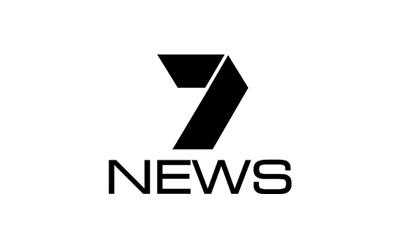

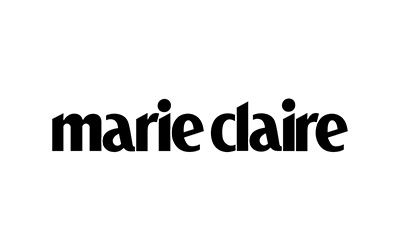
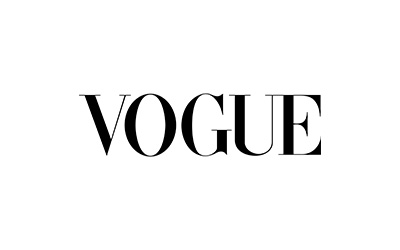


"*" indicates required fields